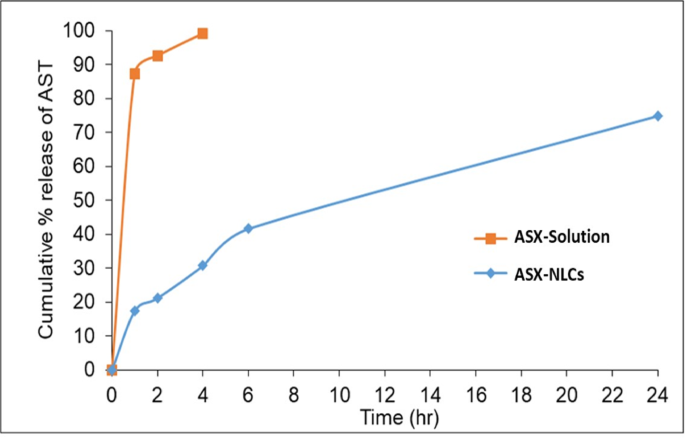How ASX 100 Bank NAB (ASX:NAB) Shares Stack Up on Key Metrics
National Australia Bank Ltd (ASX:NAB), part of the ASX 100 and ASX 200, is one of Australia’s most established financial institutions. The company services both business and personal banking customers and also operates the digital brand Ubank. It maintains a strong footprint across lending portfolios including commercial, mortgage, and personal finance.
Understanding NAB’s financial performance and share price evaluation requires a multifaceted review, particularly given the volatility in the financial sector.
Corporate culture plays a critical role in long-term organisational strength. Employee satisfaction and retention can influence overall productivity. Industry job platform reviews show NAB scores slightly below the sector average for workplace culture. These perceptions may impact talent attraction and retention, which in turn affects execution at the organisational level.
This cultural insight provides another lens through which broader operational quality may be inferred, especially when compared to other key players in the Australian banking space.
One of the core financial indicators for any major bank is the net interest margin, or NIM. This figure represents the difference between income from lending and the cost of deposits and debt. NAB’s reported NIM is slightly below the average across peers in the domestic banking space, suggesting tighter margins on lending products.
Despite the marginal difference, the bank derives the bulk of its income from interest-based products. This makes the NIM a central metric when examining earnings efficiency.
Return on equity, or ROE, is another fundamental benchmark, measuring how effectively a bank generates income from its equity base. NAB’s ROE surpasses the industry’s typical figures, indicating that the company is delivering stronger shareholder returns than several other domestic competitors.
This stronger ROE places NAB among the higher-performing institutions in the sector when using this metric as a comparative tool.
NAB also maintains a strong capital buffer as measured by its Common Equity Tier 1 (CET1) ratio. This metric represents the portion of bank assets that are high-quality and can be readily used in times of financial strain. NAB’s CET1 ratio is higher than the average across the major banks, underscoring a robust capital position.
A strong CET1 ratio is often interpreted as a safeguard against macroeconomic shocks, further reinforcing NAB’s structural stability within the ASX 100 banking cohort.
A key model used in estimating bank valuations is the dividend discount model (DDM). The model uses forecasted dividend payments and estimated growth to derive an indicative fair value range. Based on the bank’s latest reported dividends and standardised calculation ranges, NAB’s valuation varies depending on assumed growth rates and broader economic conditions.
While the result of this model may differ based on input preferences, NAB’s dividend returns continue to play a meaningful role in valuation discussions, particularly due to full franking benefits. These benefits make the stock attractive to those prioritising fully franked distributions, especially in the context of broader income strategies linked to asx dividend stocks.











